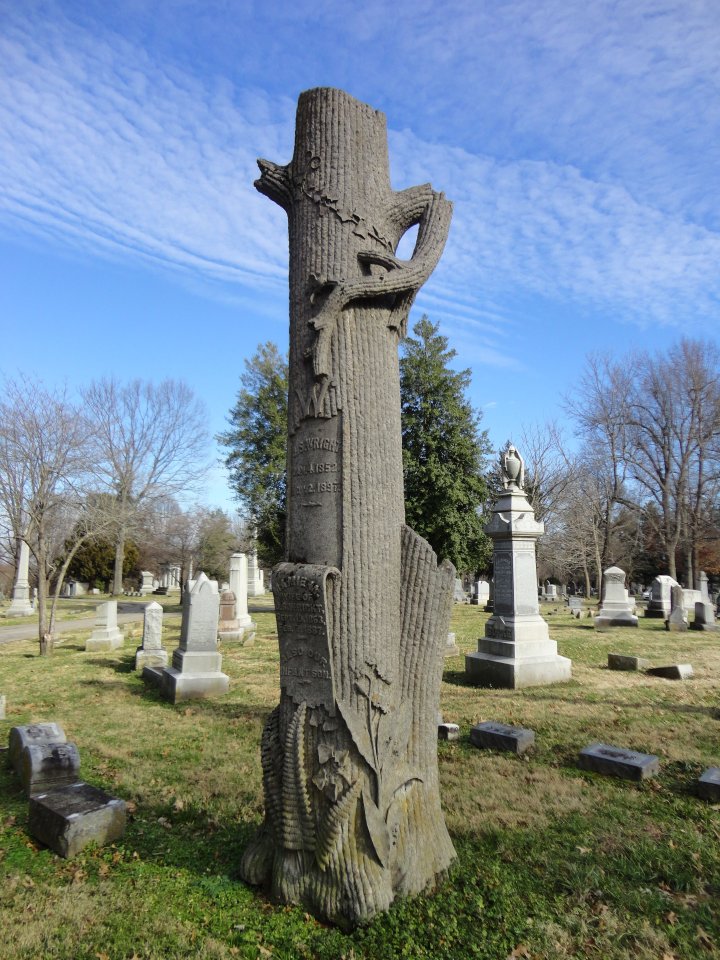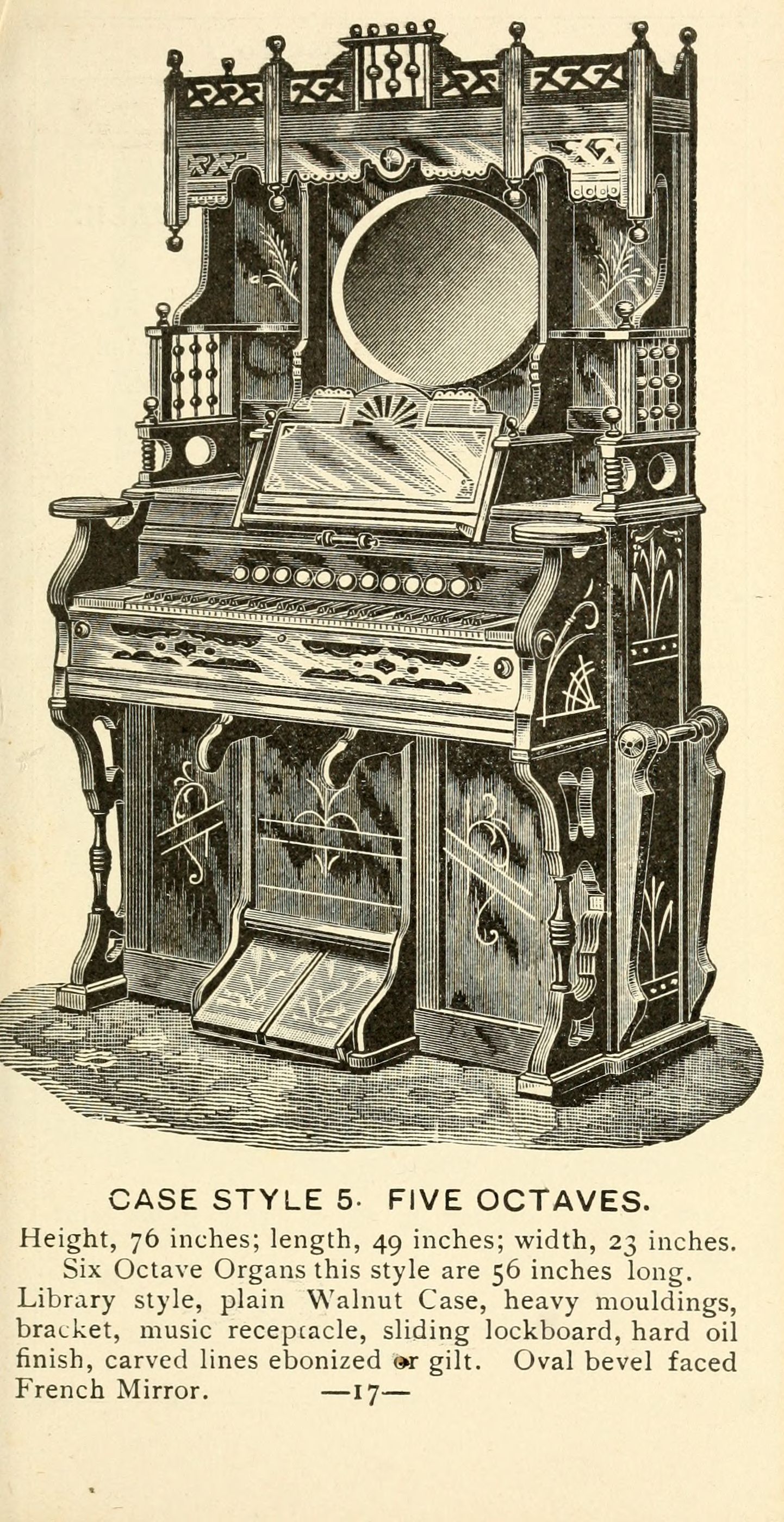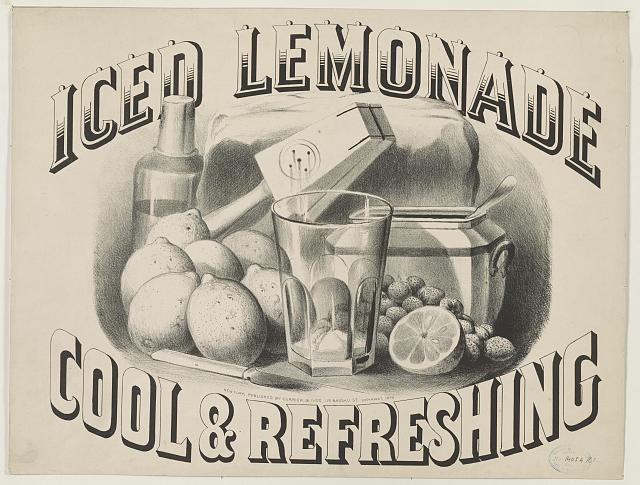Tree stones are unique grave markers popular from the 1850s until the 1920s and 1930s. As with most funeral monuments, tree stones may represent an individual, family, or the wider culture and trends of the era. Tree stones also represent shifts in the funeral industry caused by the Industrial Revolution.
Select the images for a larger view and more information.
Symbolism of Tree Stones

Trees have accumulated dozens of symbolic meanings over time. A tree may be a reference to the Tree of Life in the Garden of Eden, described in Genesis, a text of Jewish and Christian faiths. Or the meaning of a tree symbol may be derived from other religious or secular traditions. Trees can symbolize eternal life or fertility. Tree stones may be a secular reference to a family tree and thus the importance of family. A tree stump may symbolize a life cut short. Tree stones marking a burial site may also have been chosen simply because they were a popular style of the era.
Why were Tree Stones Popular?

Tree stones first began to appear in middle America in the mid-19th century. The earliest tree stones were created by local stone carvers from Bedford limestone from south-central Indiana. In Indiana, 2,414 tree markers have been identified ranging from eight inches to fifteen feet in 245 different cemeteries. The carved log and tree motif was a distinctive trademark of an Indiana family stone carvers, the Durlaufs, in the late 19th and early 20th century.
Tree stones also reflect European and American rustic design styles popular in the 19th century. English design books of the era featured rustic designs of twigs, branches, bark, leaves, and vines for indoor and outdoor furniture and decorative household objects beginning in the late 18th century. The style was frequently used in the newly fashionable rural cemeteries, located on the outskirts of large cities and towns. The Arts and Crafts movement of design (1880s – 1920s) continued to promote the tree motif.
This back-to-nature imagery contrasted with the increasing urbanization of the era, part of a wider nostalgia for a simple, rural life in a century of economic and technological change. As funerals and grieving shifted from a local and family affair into a national industry in the late 19th century, national suppliers began offering standardized tree stones through mail-order catalogs.
Tree Stones and the Life Insurance Industry
In the 1890s, the tree stone became associated with Woodmen of the World, an organization offering what we know today as life insurance. The life insurance industry began in the early 19th century, offering policies to cover the costs of death. “Burial” insurance had been around for centuries was but renamed “life” insurance to refocus attention from the death of a person to the life of the survivors. Like today, life insurance did not guarantee the policyholder a longer or better life. Instead, these policies provided money to cover various expenses when the policyholder died. The early policies were aimed primarily to cover burial expenses. Modern life insurance may also pay the debts of the deceased or provide money to the named survivors.

Advertising for 19th-century life insurance focused on the prominent themes of contemporary culture –the costs of a suitable funeral and burial, the importance of family and responsibility of the father to provide, the growth of the science of statistics underpinning the insurance industry, and the economic uncertainly of working American families. The life insurance industry grew as Americans entered the wage labor market in urban factories, far from traditional forms of community support. Policies for factory workers were designed to be paid for in weekly installments ranging from 5 to 70 cents a week. For this investment, the family of the policyholder might receive $120 in 1895, or $150 in 1920. But if payments lapsed, so did the benefit.

Woodmen of America was founded in 1883. A few years later, Woodman of the World formed after a break with the original group. These were just one of the many organizations offering life insurance policies. Symbolism for the organization was derived from the image of the pioneer woodsmen, even though its founder and most of its members had nothing to do with the lumber industry. In 1890, Woodman of the World began a program providing tombstones for its members, originally limited to white males between the age of 21 and 50. Tree stones were a likely choice for the tombstone program, but other styles were available. One of the earliest monuments was a 7 ½ foot tree trunk with the Woodmen of the World emblem. Woodmen tree trunk monuments varied over time and location. The original design was replaced by shorter models in the early 20th century and some monuments resembled stacked logs. Stone carvers’ manuals typically included the instructions for carving the Woodmen of the World seal and major monument companies carried one or two designs for Woodmen monuments.
Later in the program, local organizations could choose a monument from a local dealer and be reimbursed. The $100 benefit could be used to purchase a modest monument or subsidize the purchase of a larger monument. The organization required the inscription “Erected by Woodmen of the World,” and later, “Here rests a Woodmen of the World” appear on the monument to advertise this unique life insurance benefit. The program was very popular but was discontinued in 1932. By 1905, the Pacific Jurisdiction Woodmen of the World had erected 2,385 stone and zinc monuments throughout the Northwest. But since the amount of the benefit never rose beyond $100, the size and complexity of monuments declined over time.
Cemetery Monuments as Symbols of an Era

Tombstones and cemeteries are symbols – symbols of the deceased, their families, and symbols of their wider culture. Symbols represent abstract ideas larger than themselves in images or words. They tell stories about how cultures think about life and death. The ancient Greeks had a similar word for symbol meaning a token or ticket. Symbols are tickets into cultures of the past. While trees, obelisks, roses, and urns in cemeteries may appear similar over time, interpretations are subjective and flexible, varying between individuals, cultures, and historical eras. One can’t assume the family of every person buried beneath a tree stone chose that monument for the same reason or that it symbolizes the same ideas to all who view it.
Test Your Knowledge
Test your knowledge of the symbols on tombstones with this short quiz.
References:
- Discovering Quacks, Utopias, and Cemeteries: Modern Lessons from Historical Themes
- Susanne S. Ridlen, “Tree-Stump Tombstones: The Influence of Traditional Cultural Values on Funerary Art in Indiana in the 1890s” (dissertation, Indiana University, 1992),
- Simon J. Bronner, “The Durlauf Family: Three Generations of Stonecarvers in Southern Indiana,” Pioneer America 13, no. 1 (March 1981): 17-26
- Discovering Quacks, Utopias, and Cemeteries: Modern Lessons from Historical Themes
- Blog: Egyptomania: Reviving Ancient Symbols in 19th Century Cemeteries
- Resources for Cemetery Epitaphs
Header image: Tree stone J. S. Wright in Danville, Kentucky’s Bellvue Cemetery.
Author’s note: Tree stones are my favorite style of cemetery monument, and these photographs are just a few of the hundreds I have collected of tree stones. A few modern stone carvers still create personalized tree stones and I’m tempted to put in my order now so I can enjoy it before I become a permanent cemetery resident!



